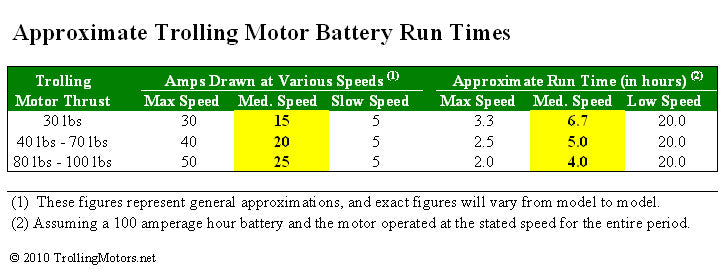I'm shopping for a bow mount electric trolling motor for a North River Scout. It's a 20ft. My guess is that it weighs about 2200lbs loaded. I'm thinking of getting a Minn Kota Terrova Riptide. From the MK website, it looks like a 55lb thrust will do it. I kind of like this option because it only uses one battery. I could fairly easily carry a spare. The next step up is 80lbs, it takes two batteries... more trouble to carry spares. I plan to do some overnight trips, so having spare power would be handy.
Any thoughts on this? Anyone run a similar setup? I don't really want to be underpowered, but I also don't want to get carried away... especially with the batteries. I haven't run a minn kota for 20yrs. It was a cheap/small model. I don't remember much about the nuances. Very little experience here and no mentors.
Any options that I should consider? Probably won't buy anything for a couple of months. I'm not really planning to use it much until June.
Any thoughts on this? Anyone run a similar setup? I don't really want to be underpowered, but I also don't want to get carried away... especially with the batteries. I haven't run a minn kota for 20yrs. It was a cheap/small model. I don't remember much about the nuances. Very little experience here and no mentors.
Any options that I should consider? Probably won't buy anything for a couple of months. I'm not really planning to use it much until June.






